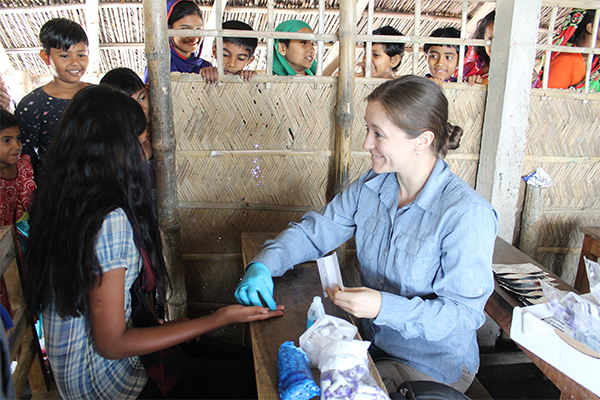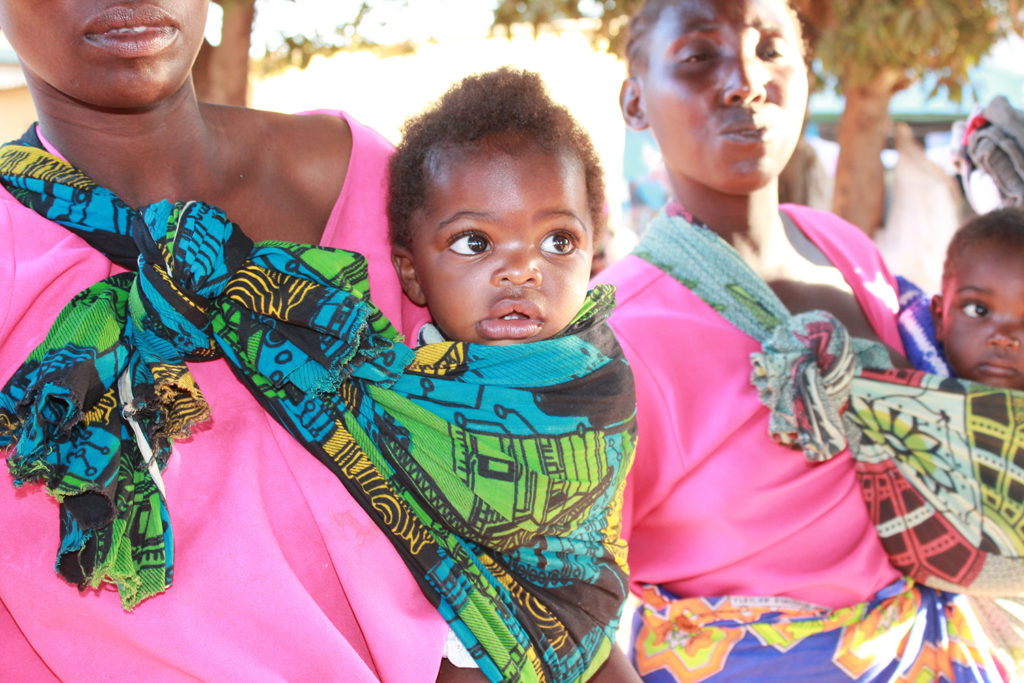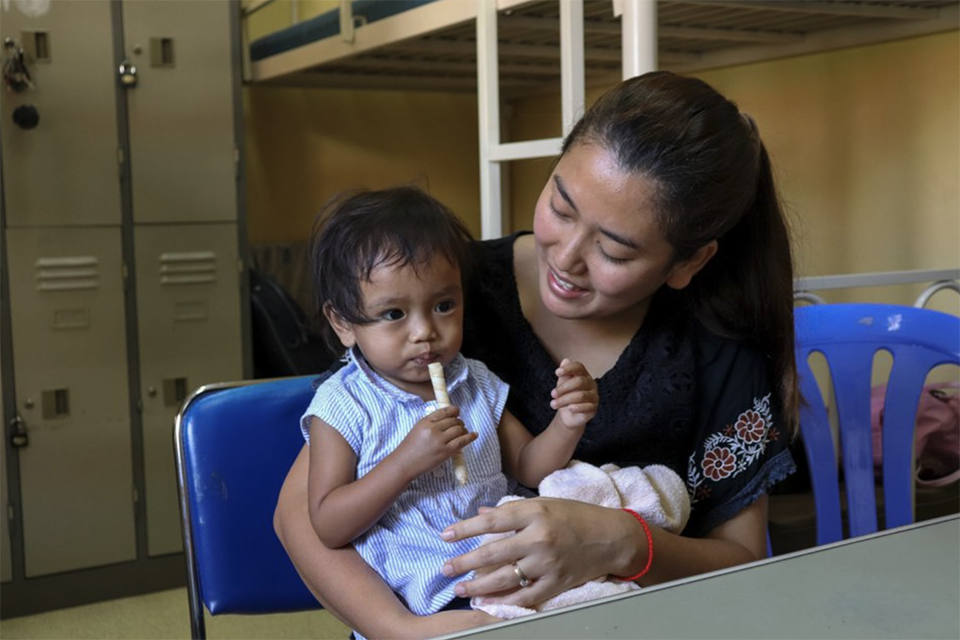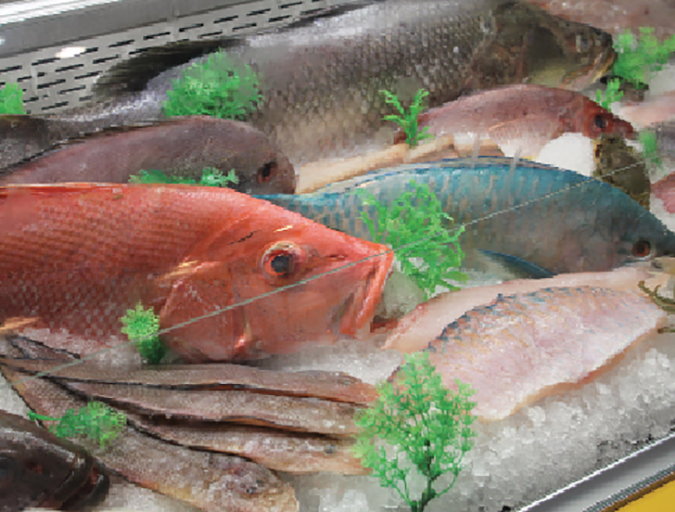Adolescent girls in Bangladesh, with higher nutritional needs, are particularly vulnerable, researchers find

A University of Stirling scientist has led a project that developed a new tool to identify girls in developing countries who are at risk of nutritional deficiency.
Professor Dave Little of the University’s world-renowned Institute of Aquaculture said that adolescent girls in Bangladesh are particularly vulnerable: “Adolescent girls represent a particularly vulnerable group in Bangladesh, with higher nutritional needs relative to energy requirements than other adult household members, and at the same time likely to have restricted access to food,” said Little. “For this group, an optimal diet is critical for their own health and – in the case of early marriage and motherhood – for their infants.”
While aquaculture is a fast-growing food production sector in many low-income and food-deficit countries, local communities can still have a poor diet without access to the fish.
Prof. Little led research that has enhanced their understanding of factors that are important for explaining the role of fish intake in nutritional well-being. To do this, a metric – a user-friendly tool – was developed to identify adolescent girls at greater risk of nutritional deficiency.
A survey of 300 girls was repeated during the dry and wet seasons in order to capture seasonal variations in fish availability. The observational data enabled researchers to combine risk factors that identify girls who are most likely to have a deficiency in omega-3 fatty acids. Research partners include the Universities of Glasgow, Aberdeen and Copenhagen; the Noakhali Science and Technology University; and the International Centre for Diarrhoeal Disease Research in Bangladesh.
“The identification of particularly at-risk individuals would improve targeting of timely and cost-effective interventions,” said Dr. Eleanor Grieve of the University of Glasgow’s Schools of Health and Wellbeing, who led the paper. “The use of the metric using a few short questions is cheaper, can be done online, and avoids the complexity and cost of finger prick blood sampling and biomarker measurement based on field samples. Application of the metric could enable the development and implementation of better informed and more integrated policies and practices in relation to aquatic food production systems.”
Read the full paper, published in BMC Public Health, here.
Follow the Advocate on Twitter @GSA_Advocate
Now that you've reached the end of the article ...
… please consider supporting GSA’s mission to advance responsible seafood practices through education, advocacy and third-party assurances. The Advocate aims to document the evolution of responsible seafood practices and share the expansive knowledge of our vast network of contributors.
By becoming a Global Seafood Alliance member, you’re ensuring that all of the pre-competitive work we do through member benefits, resources and events can continue. Individual membership costs just $50 a year.
Not a GSA member? Join us.
Author
Tagged With
Related Posts

Responsibility
An African prison where fish will be farmed and lives saved
A nonprofit organization working to improve conditions in African prisons is hoping tilapia ponds, tended to by inmates, will aid in their nutrition. A small donation from the Global Aquaculture Alliance will go a long way.

Responsibility
Eat the whole fish: A discussion of culture, economics and food waste solutions
The Big Fish Series explored the logistical and cultural challenges in front of greater whole-fish consumption and how much seafood is being wasted.

Innovation & Investment
Aquaculture Exchange: David Little, University of Stirling
David Little, professor at the University of Stirling in Scotland, tells the Advocate about the rapid evolution of the aquaculture industry in Southeast Asia — where he made his home for many years — and discusses the role of academia in ushering in new eras of innovation.

Intelligence
Food is abundant, yet people are starving
While significant numbers of people are undernourished, an increasing number of people are overweight. The divide between recommendations and results is marked, so we must learn more about food production and change our behaviors.



